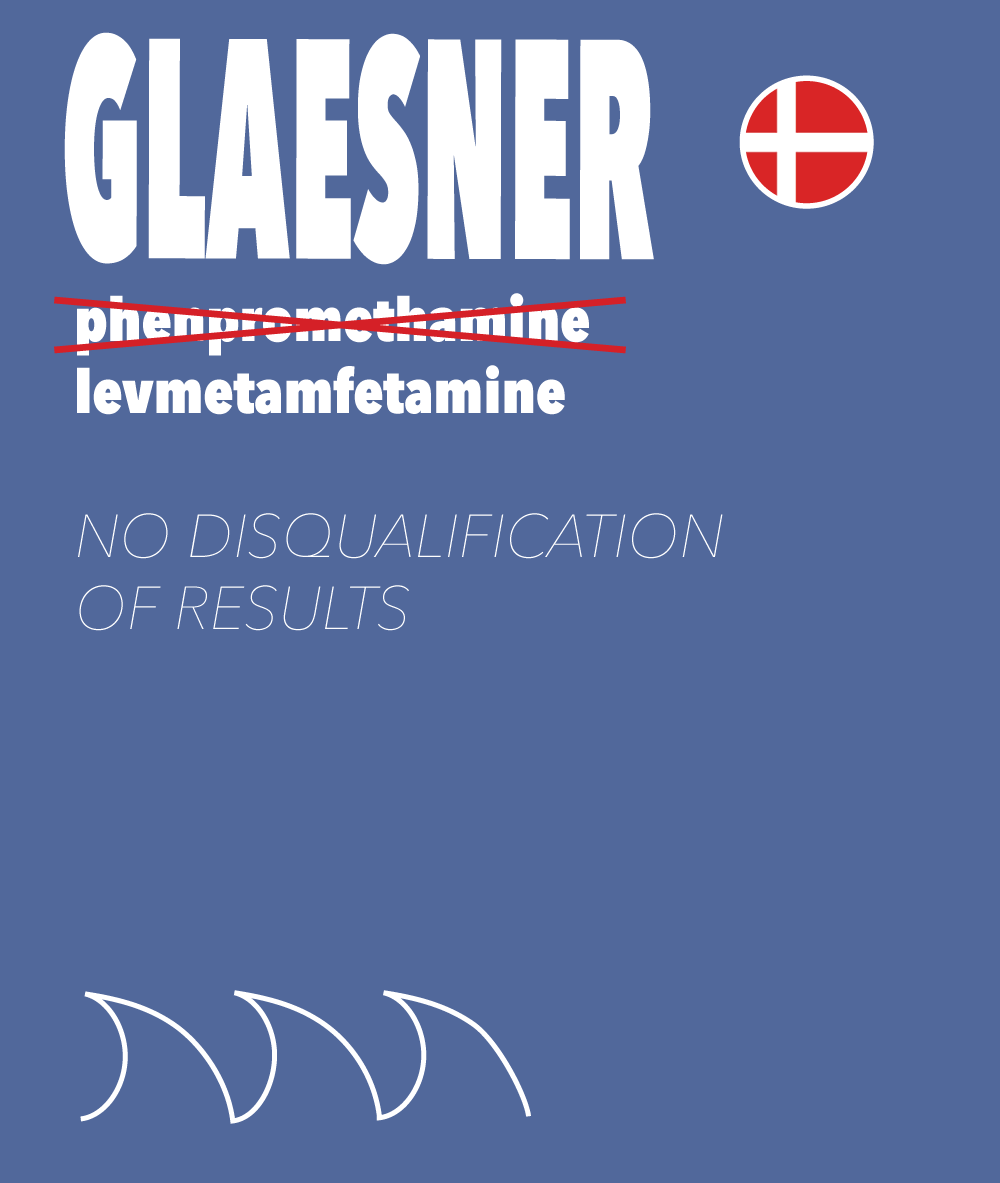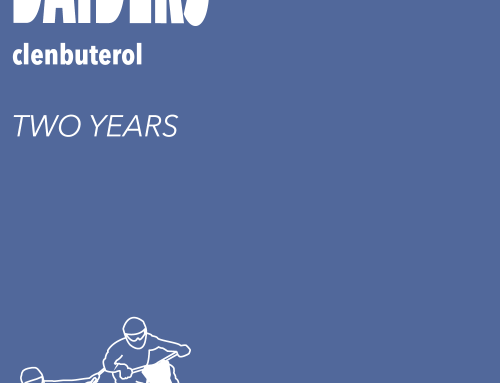CAS Award:
Glaesner v. FINA, CAS 2013/A/3274, January 31, 2014
Issues:
CAS de novo power of review, No disqualification of other results, Additional investigations on a Sample
Decision:
Only the result from the race in connection with which a Danish swimmer returned an Adverse Analytical Finding from the accidental ingestion of a Prohibited Substance through a misidentified Vicks inhaler is disqualified, and not the result obtained two days later in the same championship from a race after which he tested negative for any Prohibited Substance, as the anti-doping rule violation did not factually nor morally “contaminate” the results of the later race.
By Marjolaine Viret and Emily Wisnosky
Download Glaesner Blog Post HERE
The Glaesner matter is one of the rare cases in which a CAS award extensively discusses issues surrounding the different types of disqualification regimes that may affect an Athlete’s results under the World Anti-Doping Code (“WADC”).
The central question at stake was whether Mads Glaesner (a Danish swimmer), who inadvertently committed an anti-doping rule violation during the 11th FINA World Swimming Championships (December 2012), should have all results obtained at such Championships disqualified, or whether only those results achieved on the day during which the violation took place should be eliminated. Apart from this main discussion, the award further reaffirms CAS panels’ power to decide de novo on the proportionality of doping sanctions and raises a side issue likely to grow more significant under the 2015 WADC, i.e. the implications of further investigations conducted on a Sample after communicating the results to the Athlete.
On the facts, the matter is a classic case of “Vicks inhaler confusion”, in the line of CAS awards inaugurated with Baxter v. IOC (CAS 2002/A/376). During the World Swimming Championships, Mads Glaesner was suffering from a cold and borrowed a Vicks inhaler from his mother, aware that the Danish version of the product contained no Prohibited Substances. Unfortunately, his mother had purchased what she incorrectly believed to be the same Vicks inhaler in the United States. The American version of the product contained the Prohibited Substance levmetamfetamine. Even more unfortunately for the swimmer, at some point before the World Championships his mother had accidently switched the caps on the inhaler. As a consequence, the swimmer accidentally used the American product on December 14, 2012, just before the finals of the 400m freestyle, in which he won a bronze medal and returned an Adverse Analytical Finding arising from a post-Competition Test. He did not use the product again. Two days later, during the same Championships, Mads Glaesner won the gold medal in the 1500m freestyle final, and was again tested, but this time no Prohibited Substance was detected.
In the CAS proceedings, Mads Glaesner did not contest the three-month period of Ineligibility, nor the automatic forfeiture of the bronze medal that he won while he accidentally had a Prohibited Substance in his system from the American version of the Vicks inhaler. He only contested the withdrawal of his gold medal, earned two days later, which he argued should not be disqualified, especially in light of the negative test returned just after this second race.
As a preliminary point, the sole arbitrator clarified that CAS arbitrators are entitled to review doping matters de novo, without being restricted by the decisions made in the initial disciplinary proceedings, save possibly in exceptional circumstances inviting a certain restraint for reasons of a special technical expertise.
By explicitly citing the duties arising for arbitral courts from Article 6.1 of the European Convention of Human Rights (“ECHR”, right to access to justice before at least one independent judicial instance), the award thus strengthens the line of CAS awards that have affirmed a CAS panel’s full power to review the proportionality of doping sanctions, including those imposed by International Federations.
The brunt of the sole arbitrator’s consideration was whether the positive test from the first race should “contaminate” the results of the second race, so as to trigger their disqualification under Article 10.1 (disqualification in the Event during which a violation occurs) or 10.8 (disqualification of results subsequent to Sample collection) of the FINA DC
[Note: the provisions of the WADC are equivalent to the FINA DC for relevant purposes, save for a reversed use of terminology with respect to “Competition” and “Event.” For didactic purposes, we use the WADC terminology hereinafter, whereas the award uses the wording of the applicable FINA DC].
The sole arbitrator’s assessment can be divided into three steps. First, the arbitrator found that Article 10.1 applies equally to all Competitions during the same Event, irrespective of whether those Competitions take place before or after the anti-doping rule violation. Second, the arbitrator solved the conflict surrounding the interplay between Article 10.1 and Article 10.8, finding that Article 10.1 is to be treated as a lex specialis for all results obtained during the same Event. Third, the arbitrator examined the factors determining whether results are to be disqualified under Article 10.1. Based on the wording of Article 10.1 FINA DC and related Comment (equivalent in the WADC), the award identifies two criteria for such “contamination”: i.) The seriousness of the athlete’s ADRV; and ii.) “whether he or she tested negative in the other Competitions.” In the Mads Glaesner matter, it was undisputed that the swimmer had tested negative in the second race, so the sole arbitrator was able to exclude from the outset any “factual” contamination, in the sense of a causality showing an objective impact on subsequent results.
The sole arbitrator then turned to the question of the “seriousness” of the ADRV, as a form of “moral” contamination. The award describes the Athlete’s “degree of fault” as the main factor in assessing the seriousness of an ADRV, which should reflect a “certain (minimum) threshold.” Due to the Athlete’s low level of fault or negligence and the type of substance involved (a Specified Substance) the arbitrator found that there was a low level of seriousness associated with the violation, and thus “saw no reason to disqualify the results of the Appellant” for the second race. Note that the arbitrator added as an obiter dictum that his findings would not have been different under the “fairness” exception of Article 10.8 of the FINA DC, based on an extensive review of past relevant CAS awards on the concept of “fairness.”
Beyond the focus of the award on the sanctioning regime, there is an interesting twist in the case that raises questions as to the scope of the newly introduced cut-off point for further Sample analysis in the 2015 WADC (Article 6.5). Originally, the laboratory reported an Adverse Analytical Finding in the A Sample for the Prohibited Substance phenpromethamine, a finding confirmed for the B Sample analysis. During his research for possible origins of the substance, the swimmer discovered the previously mentioned Baxter case, in which a British skier had tested positive for the Prohibited Substance levmetamfetamine after using a Vicks inhaler. At that point, Mads Glaesner checked the American version of the inhaler and confirmed that it did contain the latter substance. Accordingly, the swimmer contacted FINA to inquire whether his Sample had also been tested for levmetamfetamine. In response to this letter, the laboratory made “further investigations” and concluded finally that the Sample contained levmetamfetamine and not phenpromethamine as originally reported.
Under the current 2009 WADC regime, this incident was merely invoked as a fairness argument pleading in favor of upholding the Athlete’s results due to the delays caused by the initial error and additional investigations. Under the 2015 WADC, however, such initial errors might become crucial to the outcome of a case.
Article 6.5 of the WADC newly states that further analysis can be conducted on Samples up until the time that the analytical results have been returned for the A sample (and B sample, if requested) as a basis for an asserted violation under Article 2.1 (Presence of a Prohibited Substance). The implications of this new provision on requests for clarification originating from the Athlete, such as the one in the Glaesner case, are difficult to predict. Depending on the interpretation that CAS panels will give to the new cut-off point, such “additional investigations” could be regarded as falling outside the scope of the cut-off altogether, thus freely admissible throughout the proceedings. Inversely, if such “additional investigation” were to be regarded as falling within the scope of the cut-off, questions would then arise as to whether parties could still agree on performing these investigations and what the consequences would be should these investigations uncover an error in the initial analysis. Based on the rationale of the cut-off, the underlying error could be seen as a procedural defect invalidating the original Adverse Analytical Finding, without an opportunity for the ADO to correct the error a posteriori by simply “switching” the name of the Prohibited Substance in the heading of the prosecution, as occurred in the Glaesner matter.
(copyright April 15, 2014)



Leave A Comment